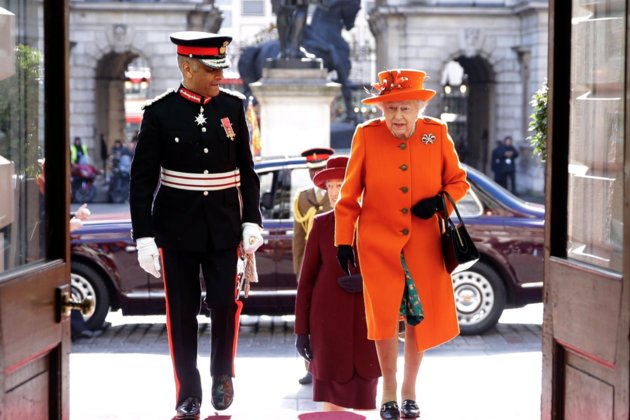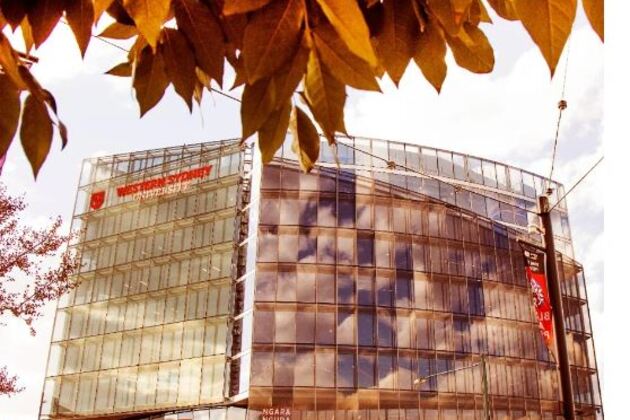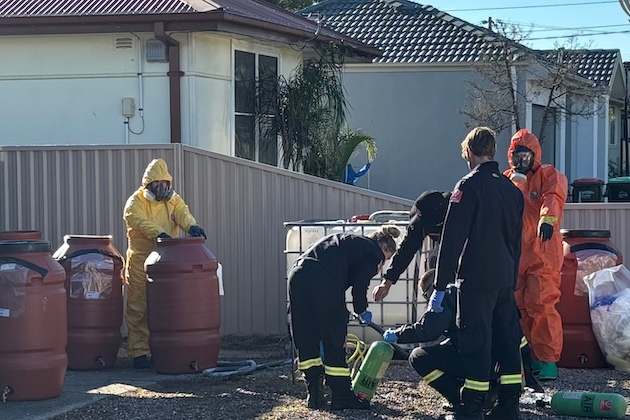2LT International News
Cold War plans to keep Queen safe to be used in case of no-deal Brexit
Feb 6, 2019
LONDON, U.K. – Fearing civil disorder in the case of a no-deal Brexit, British government planners have reportedly decided on certain emergency measures aimed at securing the Royal Family.
Sunday newspapers in the U.K. have published details from leaked documents revealing the emergency evacuation plans being put in place by civil servants if the U.K. quits the European Union without a deal.
Citing unnamed sources from the government’s Cabinet Office, The Sunday Times revealed that Cold War emergency plans to relocate the royal family have been revived.
The contingency plans stem from fears that in case of a no-deal Brexit, the politically neutral the 92-year-old queen could become the target of public anger.
In case Britain suffers a disruptive departure from the bloc and London faces unrest, officials from the Civil Contingencies Secretariat, a department that handles sensitive administrative issues in the U.K., will move the Royal Family, including Queen Elizabeth, to safe locations.
The source quoted in the report explained, “These emergency evacuation plans have been in existence since the Cold War but have now been repurposed in the event of civil disorder following a no-deal Brexit.”
The report noted that the measures to rescue the Royal Family were part of highly confidential emergency proposals that were first devised in 1962 following the Cuban Missile Crisis.
Another source pointed out that the evacuation plans had been “dusted off” for the sake of “sensible planning.”
Adding, “The decision to evacuate members of the Royal Family is based on whether or not their safety is compromised. But right now we have no concern about their safety.”
A separate report in The Mail noted, “Whitehall contingency planners have included among their ‘worst case’ scenarios the need to move the Royals to safe locations away from the capital.”
The report also quoted Dai Davies, the former head of royal protection at the Scotland Yard as saying that he expected the Queen to be moved out of London if there was unrest.
He said, “If there were problems in London, clearly you would remove the royal family away from those key sites. This is a measure that is extremely unlikely to come to pass. [But] the powers-that-be need to have contingency plans for any eventuality.”
Meanwhile, a report in Politico claimed, “It is worth noting that the Queen’s father, King George VI, stayed in the capital through much of WWII and the Blitz — so we’re not sure Queen Elizabeth II is going to be especially bothered.”
Project Fear slammed
Leaks related to the top secret contingency plans have comes at a time when Britain’s government is struggling to get parliamentary support to avoid a no-deal Brexit before March 29.
Despite the Queen’s recent warning to politicians to reach an agreement over Brexit, the government has failed at securing an agreement.
In an annual address to the local women’s group – the Sandringham Women’s Institute last month, the powerful monarch said called for the British public to seek “common ground” and recommended “never losing sight of the bigger picture.”
In her speech marking the centenary of the institute, the Queen stressed on the virtues of “respecting” the other person’s point of view.
The Times cited the Queen’s January 2019 speech and said that it “was interpreted as a veiled reference to the toxic debate around Brexit.”
While the reports revealing the contingency plans caused shock and alarm within political circles and incited an angry response from Brexit-supporting MPs, business groups warned of potential widespread disruption if no agreement is reached.
Responding to the reports in his column in The Daily Telegraph, former Tory leader Iain Duncan Smith dubbed the claims as “Project Fear on steroids.”
Meanwhile, Conservative lawmaker, arch-Brexiteer and backbench Tory MP Jacob Rees-Mogg also called the plans “wartime fantasy.”
He said that he believed the plans showed unnecessary panic in Whitehall over a no-deal Brexit, as senior royals had remained in London during World War Two bombing.
Rees-Mogg added, “The overexcited officials who have dreamt up this nonsense are clearly more students of fantasy than of history. The Monarch’s place is always in the capital, as the late Queen Mother, wife of George VI, made very clear during the Blitz.”
Neither Downing Street, nor Buckingham Palace have commented on the reported plans.
However, businesses responded by further accelerating their own contingency plans, while warning of civil unrest, import delays due to new customs checks, food and medicine shortages and transportation gridlocks.
Operation Candid
The original 1962 evacuation plan named Operation Candid was drawn up during the height of the Cold War.
As part of the plan, Royals would have been hurried out of London and dispersed to various country houses or moved to the “floating bunker” of the royal yacht Britannia if all-out war had broken out between the West and Soviet Russia.
The system was dubbed the “python system,” and the Royal Duties Force would have been tasked with protecting them.
Reports revealed that there was also a plan-B originally, which would have seen the Queen moved to the secure Central Government War Headquarters at Corsham Court, Wilts.







